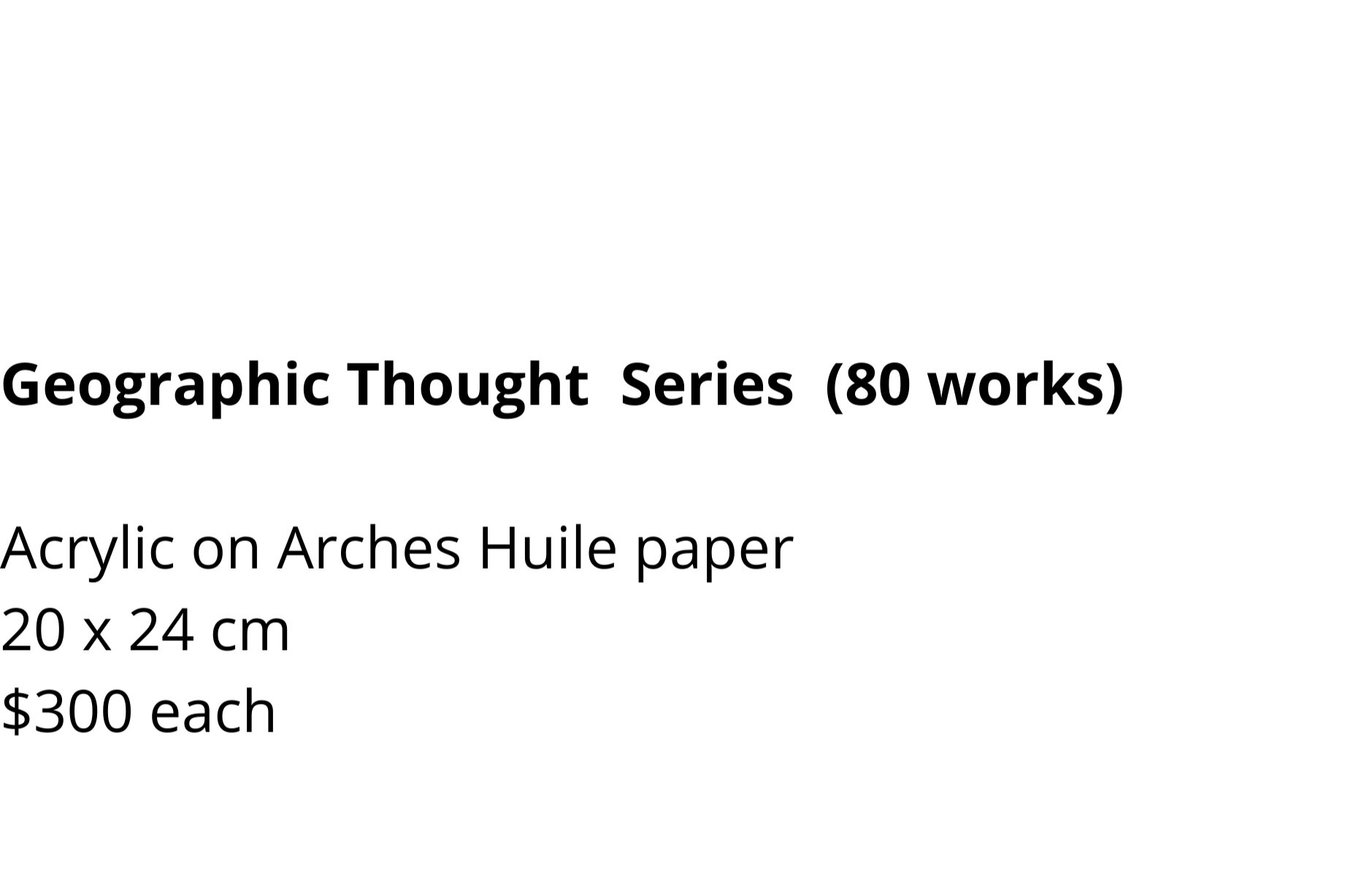













Your Custom Text Here
Head: I formulated eighty themes that used geographic considerations of everyday life. The awareness of these potential themes emerged during my previous PhD studies, and this exhibition allowed me to reapply these approaches to suburban life, now refreshed and devoid of what I considered the usual artistic responses to place. My newly learnt philosophical considerations required further testing to clarify their use as suitable approaches to place studies, by artists. Photographic survey has been an intricate, initial stage in my heuristic processes. Over two summers, I would conduct field trips, informed by ‘chance wanderings’ as a methodology and by applying gleaned ethnographic techniques. Some photographs were sourced from real estate websites. Later I would loosely triangulate the city findings with considerations of the similar theme in regional areas. This allowed me to locate different societal values and adaptions.
Heart: The small details of domestic landscapes became of greater importance because of my perception of their under-evaluated status. Home-made structures, for instance, could be easily driven past, and my task, prompted by the keyword of ‘adaption’, was made easier when using this bias when observing life-as-it-is. My chance observations were documented, rather than efforts made to find illustrative means to match with a particular assumptive theory. I allowed the environment to ‘speak to me’.
Hand: The paintings are direct representations guided by photographs. They do not use my usual philosophical device of collaged, fictive realities. I had great delight in painting such a large series but would have preferred 3 metre canvases for each individual work! My field trips were planned for the hottest days, and it was not possible to paint on site; I had to rely on my photos, jotted notes and memories.
My hope is that others will see new patterns and pathways in our summer living, beyond my findings.
Head: I formulated eighty themes that used geographic considerations of everyday life. The awareness of these potential themes emerged during my previous PhD studies, and this exhibition allowed me to reapply these approaches to suburban life, now refreshed and devoid of what I considered the usual artistic responses to place. My newly learnt philosophical considerations required further testing to clarify their use as suitable approaches to place studies, by artists. Photographic survey has been an intricate, initial stage in my heuristic processes. Over two summers, I would conduct field trips, informed by ‘chance wanderings’ as a methodology and by applying gleaned ethnographic techniques. Some photographs were sourced from real estate websites. Later I would loosely triangulate the city findings with considerations of the similar theme in regional areas. This allowed me to locate different societal values and adaptions.
Heart: The small details of domestic landscapes became of greater importance because of my perception of their under-evaluated status. Home-made structures, for instance, could be easily driven past, and my task, prompted by the keyword of ‘adaption’, was made easier when using this bias when observing life-as-it-is. My chance observations were documented, rather than efforts made to find illustrative means to match with a particular assumptive theory. I allowed the environment to ‘speak to me’.
Hand: The paintings are direct representations guided by photographs. They do not use my usual philosophical device of collaged, fictive realities. I had great delight in painting such a large series but would have preferred 3 metre canvases for each individual work! My field trips were planned for the hottest days, and it was not possible to paint on site; I had to rely on my photos, jotted notes and memories.
My hope is that others will see new patterns and pathways in our summer living, beyond my findings.